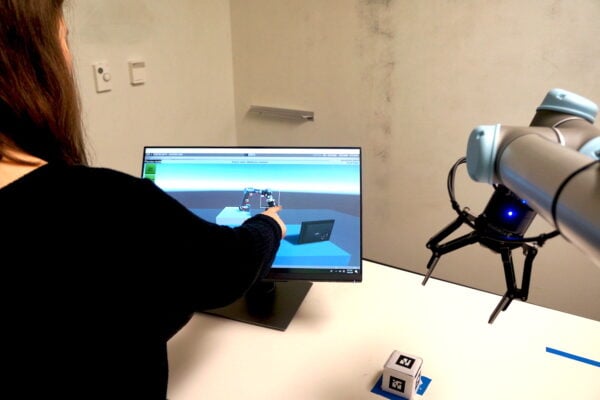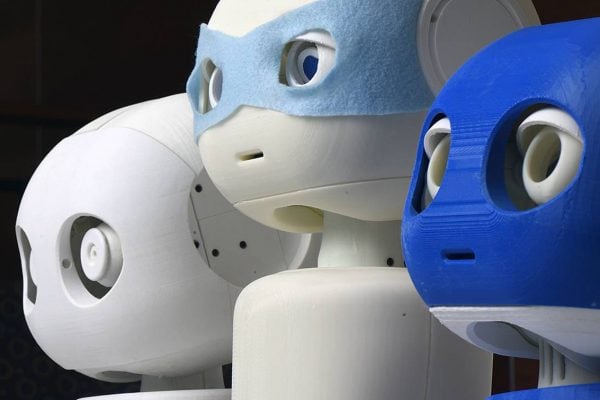In: User-Centered Design

Robot programming for everyday people
- September 28, 2021
- Robotics, Augmented Reality, and DevicesUser-Centered Design
New Demoshop software makes it easier to teach robots to help in the workplace.

Canine Comfort
- February 6, 2020
- Robotics, Augmented Reality, and DevicesUser-Centered Design
A hospital stay can be a confusing and scary experience for many children. Chien-Ming Huang and team are designing robotic companions, modeled after service animals, for pediatric patients.

Plays well with humans
- December 19, 2019
- Robotics, Augmented Reality, and DevicesUser-Centered Design
In the not-too-distant future, robots might assist us at home, school, hospitals, and workplaces. Roboticists and ethicists want to ensure they do so effectively, and help rather than hurt—even if it's just our feelings.

Gopika Ajaykumar: Giving robots a new perspective
Some people think that robots are merely villains in science fiction movies. In reality, robots play an increasingly important role in...

Malone professors awarded NSF grant to investigate human-machine teaming in health care
- October 28, 2018
- Machine Learning and Artificial IntelligenceRobotics, Augmented Reality, and DevicesUser-Centered Design
The list of U.S. health care challenges is long and costly. The country spends more than $3 trillion dollars on healthcare...

John Krakauer publishes book on stroke recovery
- September 12, 2017
- Robotics, Augmented Reality, and DevicesUser-Centered Design
John Krakauer, a John C. Malone Professor in the Malone Center for Engineering in Healthcare, and S. Thomas Carmichael, a professor...